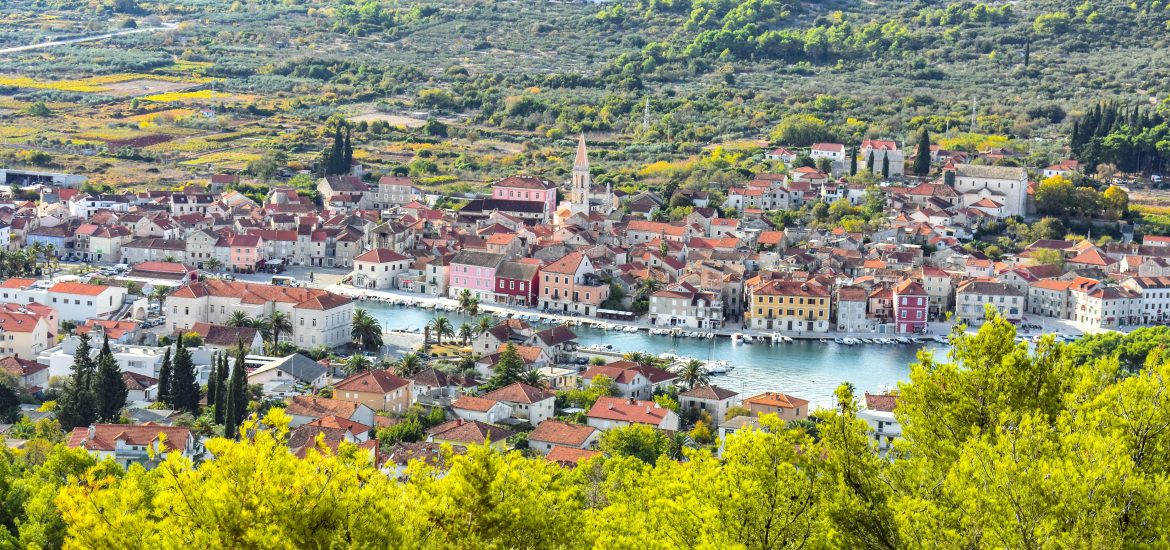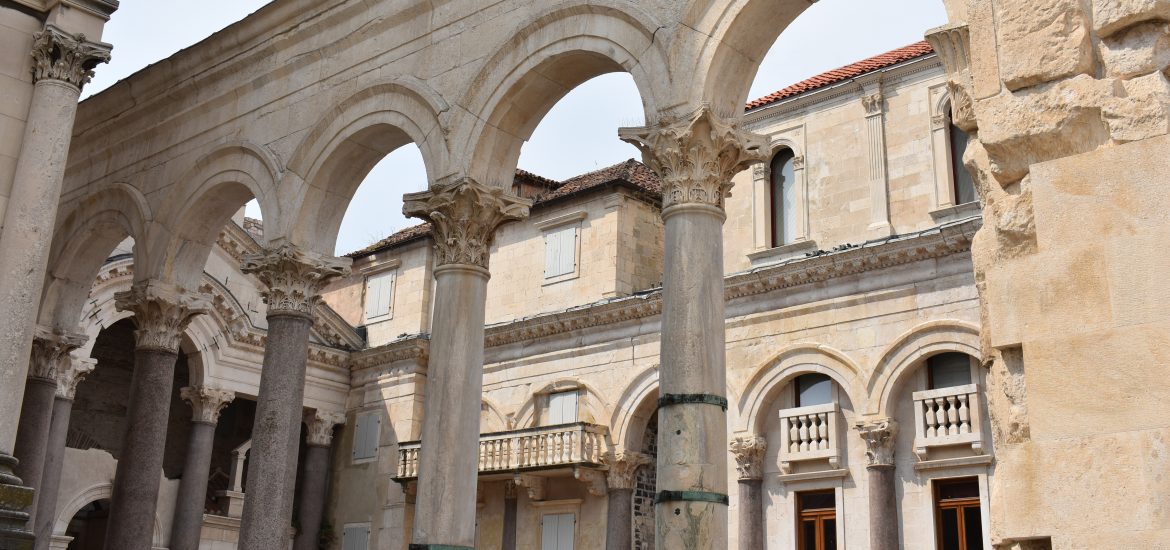In my previous post about Stari Grad, I focused on the attractions and cultural heritage sites in the town, and in this post I’ll introduce in detail my cycling tour through the plain. The first chapter will be about the property’s universal value, or in other words, the reason why it is inscribed on the […]
Stari Grad Plain (2/2) – the plain of Stari Grad





